Summer is here—known for camp, beaches, and the summer slide, where many children lose skills they gained during the school year. For young children, there are easy ways to exercise the brain while still enjoying the fruits of the season. Playful learning—child-directed, fun activities that support language, literacy, and science, technology, engineering, and mathematics (STEM)—is the real “educational” toy, and summer is the perfect occasion to introduce it into daily routines. Construction toys (like building blocks and puzzles), wooden trains, mazes, and treasure maps, for example, offer playful learning experiences that promote STEM-relevant spatial skills.
What are spatial skills and why are they important?
Spatial skills involve mentally visualizing and transforming objects and their relation to one another. Everyday tasks require spatial skills—such as packing the dishwasher and finding the quickest route for a morning commute. Indeed, children with higher spatial skills are more likely to obtain a profession in a STEM field as an adult. Engineers must visualize how forces affect the designs of structures; biologists must understand the molecular building blocks of life and illustrate them in spatial representations or diagrams; and chemists must understand the organization of the spatial layout of the periodic table or identify certain molecules from various perspectives. But these are just a fraction of the professions that require STEM-related spatial skills.
The science behind spatial learning?
Scientific research suggests that something as ubiquitous as building with blocks and piecing together puzzles provides accessible and fun activities that promote children’s spatial and math skills. How? Building a tower requires that you put the square block “on top of” the rectangular block or rotate the green block and situate it “next to” the orange block. Findings from our lab and others indicate that adults who naturally use these spatial terms in the context of play help develop better spatial and math skills in preschoolers. Adults use these terms considerably more often in the contexts of spatial play than they do in other play activities. And as spatial and math areas are related in the brain, individuals often think spatially when solving math problems. For example, children use visual strategies to solve novel mathematical word problems.
If these skills are interrelated, then a child’s early spatial competence should predict later math ability—and it does. Three-year-olds’ ability to copy block and puzzle designs, along with their ability to control impulses (commonly referred to as “executive functioning skills”), accounted for more than 70% of math readiness ability when they arrived at the doorstep of formal schooling. When there is already a substantial “spatial” gap between children from underserved and more resourced communities, predicting how children will do in their early math is important and allows for interventions. Summer spatial activities can easily be incorporated into our own time with our children and into programs that serve all communities.
How can adults spark spatial learning?
Adults can “spatialize” everyday activities provided for young children. In a recent study, we tested ways to increase spatial skills through a simple puzzle activity. Adults gave guidance and feedback as children solved increasingly complex problems—with just two blocks and no rotation, to three blocks and a top that rotated, to even more complicated designs with 6 blocks. Preliminary evidence suggests that this type of puzzle play with corrective feedback helps 3-year-olds’ spatial and math skills, especially for children from disadvantaged neighborhoods.
Countless opportunities exist around the home too. A simple, designated block corner can encourage conversation as children try to build a better castle. Such exercises not only generate spatial language but can also enhance number language as children estimate the height of the castle. Imagine “spatializing” dinner conversations by including shape words or phrases that describe size or patterns, or having a weekly family game night. Playing board games requires moving a marker along a board for the exact number of spaces indicated on the dice. Scavenger hunts can also promote children’s awareness about shape (e.g., something oval-shaped), size (e.g., short and long sticks), and number (e.g., two bugs). Children can draw a map of the neighborhood or practice spatial perspective-taking skills by plotting how the houses and apartments look when children stand on different corners of their block. Children enjoy drawing pictures of the layout of their bedroom. The possibilities are endless.
Bottom line?
As summer rolls in, learning does not have to roll out. Science suggests that spatial learning is a critical asset for later STEM development. Spatial skills are also malleable and can improve as children are offered more spatial language and experiences.
Let’s help all children grow the skills they need to be strong learners. Summertime offers a perfect opportunity for starting playful spatial activities.
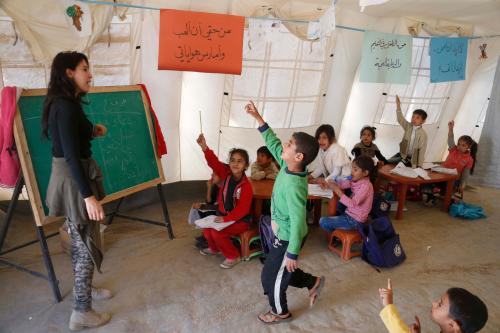
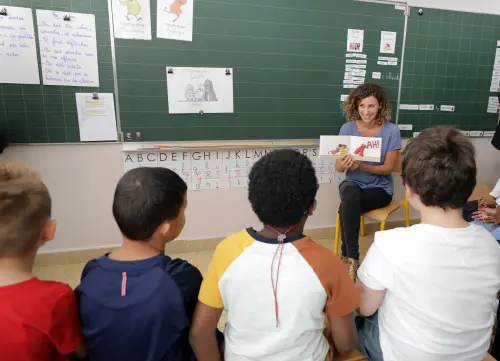
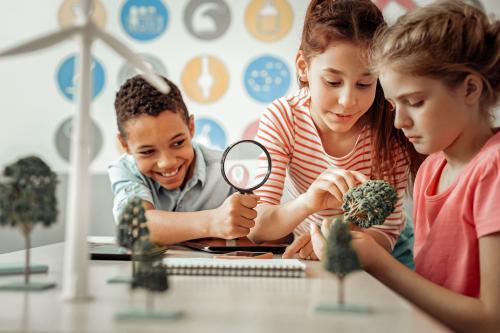
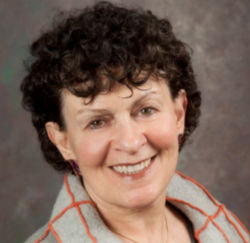
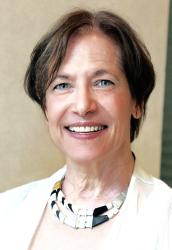


Commentary
School’s out: Block out time for spatial learning
July 9, 2019